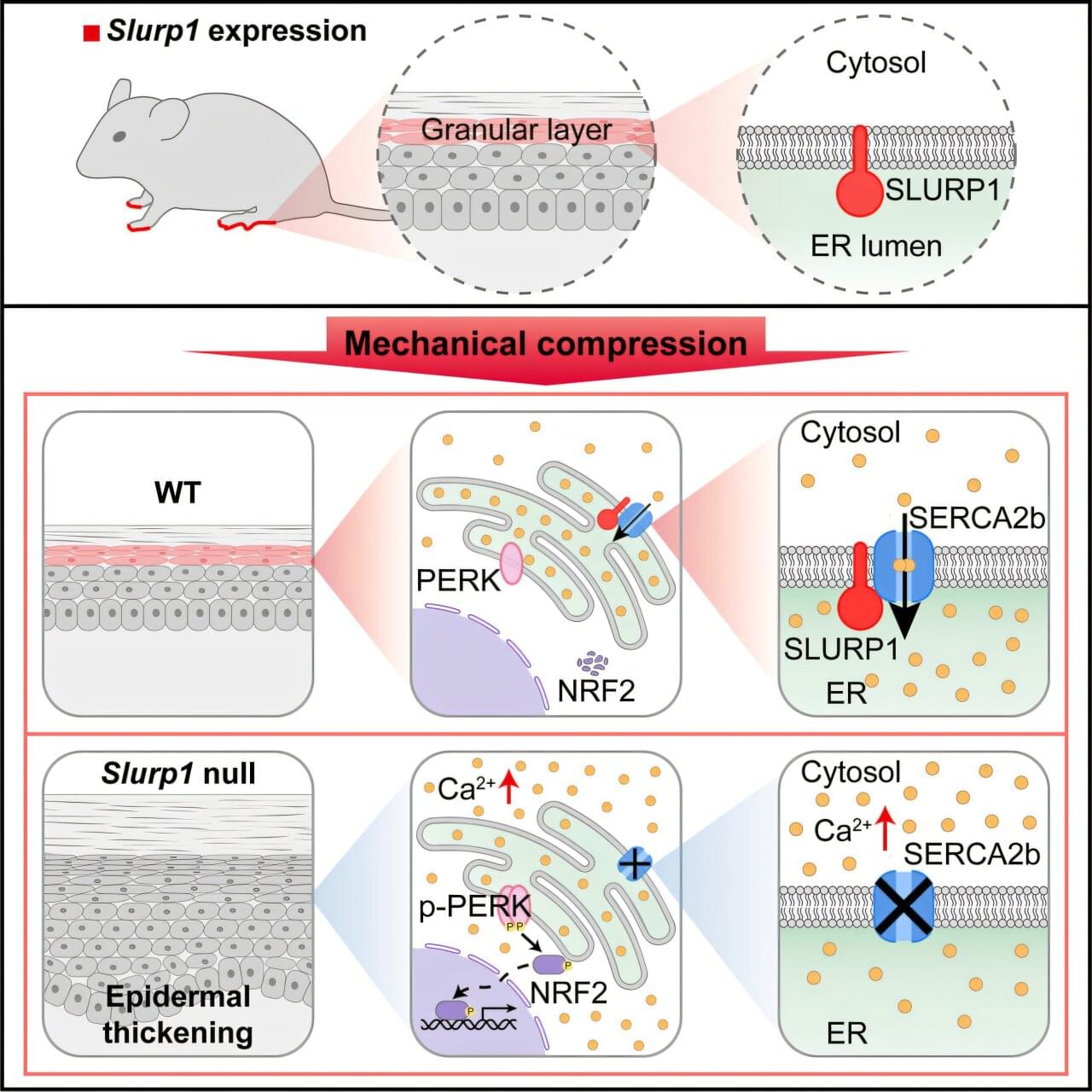One of the most significant moments in the evolutionary journey of life on this planet was the transition from water to land. This huge step required animals to adapt to new challenges, including supporting their body weight and developing new modes of locomotion. These changes put increased pressure on weight-bearing skin, such as paws and soles.
Despite its importance, the molecular mechanisms by which skin maintains its stability (homeostasis) under this constant pressure have been poorly understood. However, in a paper published in the journal Cell, scientists from China have revealed new insights into how skin adapts to these physical forces.
To better understand what happens, the researchers focused on the Slurp1 gene, which provides instructions for making a protein (SLURP1) found in skin cells and other cells that line the surfaces and cavities of the body. It is present in amphibians, reptiles, birds and mammals but not in invertebrates and fish. This suggests that it could’ve emerged alongside terrestrial adaptation.
